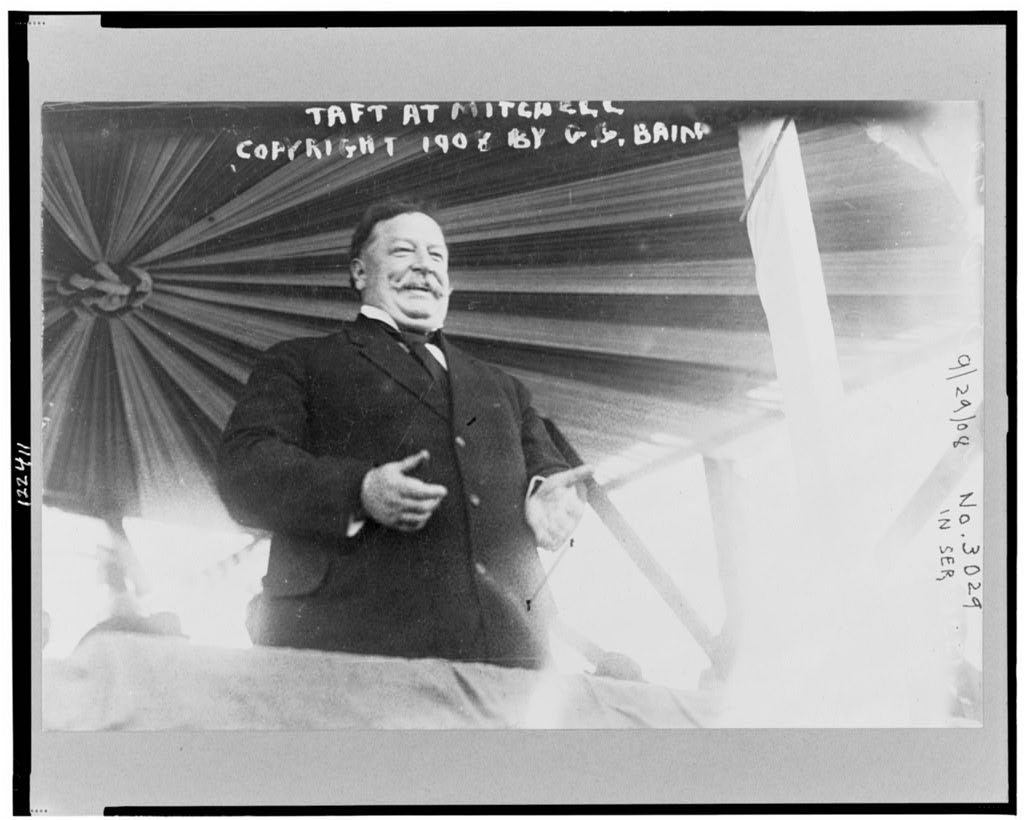President William Howard Taft is often remembered for his large stature and his role as the 27th President of the United States. However, beyond his political achievements, Taft left an enduring legacy as a dedicated conservationist. This article delves into Taft’s contributions to environmental preservation, shedding light on his lesser-known but impactful initiatives that helped shape the modern conservation movement.
President William Howard Taft’s dedication to environmental conservation was evident throughout his presidency. He recognized the importance of protecting natural resources and was committed to preserving America’s wilderness for future generations. Taft’s conservation efforts encompassed various aspects, from expanding national forests to safeguarding wildlife and promoting responsible resource management.
One of Taft’s significant accomplishments was the creation and expansion of national forests. Under his administration, millions of acres of forested lands were added to the national forest system. This expansion aimed to protect these valuable ecosystems from exploitation and ensure sustainable natural resource management. Taft understood the importance of balancing economic development with the preservation of pristine wilderness.
In addition to national forests, Taft played a key role in the passage of the Antiquities Act of 1906. This act empowered the President to designate national monuments, safeguarding scientifically significant sites and culturally important landmarks. Taft utilized this authority extensively, designating ten national monuments across the United States during his tenure. These designations ensured the protection and preservation of these unique places for future generations to enjoy.
Recognizing the need to manage coal resources responsibly, Taft signed the Coal Land Law of 1910. This legislation required federal land reserves containing coal to be sold at their full value, preventing speculation and ensuring responsible mining operations. By implementing stringent regulations, Taft aimed to strike a balance between meeting energy demands and conserving vital natural resources.
Taft’s commitment to environmental preservation extended beyond domestic concerns. In resolving the Alaska Boundary Dispute, Taft negotiated an agreement with Canada that added vast areas of wilderness to the Chugach and Tongass National Forests. This action not only protected valuable ecosystems but also ensured the well-being of indigenous communities reliant on these lands.
Wildlife protection was another area where Taft made significant contributions. He actively supported the establishment of bird reserves and protected areas, including the Pelican Island Bird Reservation in Florida. This became the nation’s first federal bird sanctuary, providing a safe haven for various bird species and highlighting the importance of preserving biodiversity.
Water resource stewardship was also a priority for Taft. He initiated efforts to improve inland waterway transportation while emphasizing the preservation of natural habitats. By striking a balance between economic development and environmental conservation, Taft laid the foundation for future water management programs that would protect valuable water resources.
While Taft’s presidency saw limited additions to the national park system, he firmly upheld the policy of preservation within existing parks. Recognizing their importance as natural treasures, Taft prioritized prudent resource management to ensure that future generations could enjoy these protected landscapes.
To promote dialogue on conservation issues, Taft hosted two historic conferences—the White House Conference on the Conservation of Natural Resources in 1908 and the North American Conservation Conference in 1912. These gatherings brought together experts, policymakers, and stakeholders to discuss strategies for preserving the nation’s natural resources. These conferences played a pivotal role in shaping the future of the conservation movement in America.
President William Howard Taft’s legacy as a conservationist deserves recognition alongside his political achievements. His dedication to environmental preservation was evident throughout his presidency, from expanding national forests and designating national monuments to safeguarding wildlife and promoting responsible resource management. Taft’s commitment to sustainability and responsible stewardship paved the way for future conservation efforts. As we navigate the challenges of the twenty-first century, Taft’s legacy serves as a reminder of the importance of preserving our natural heritage for generations to come.
